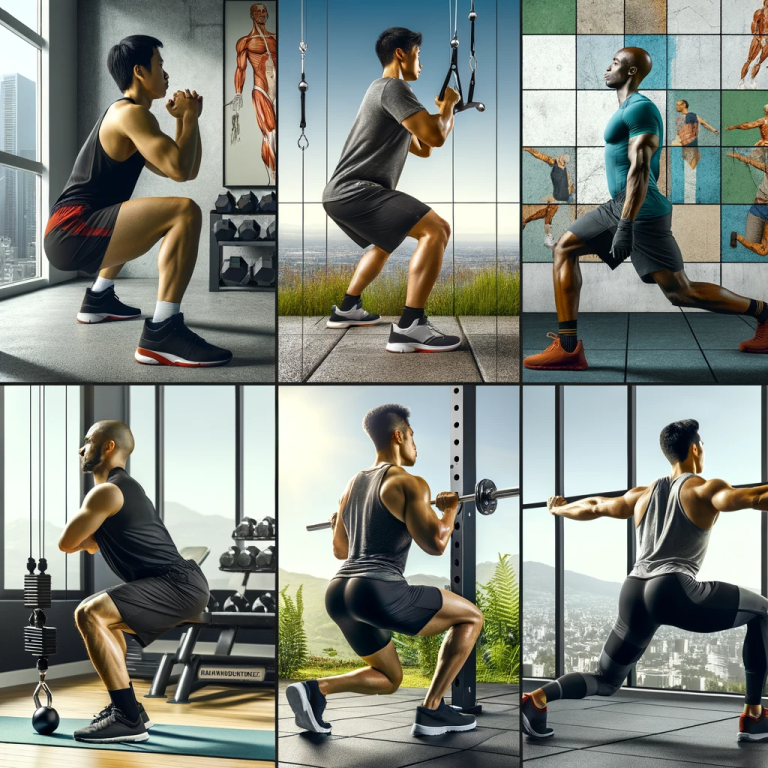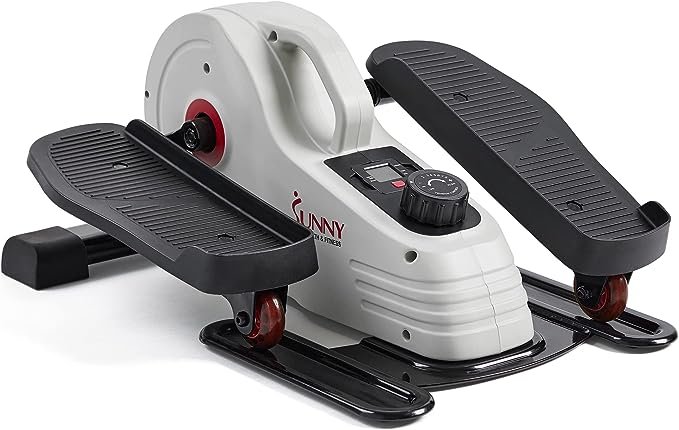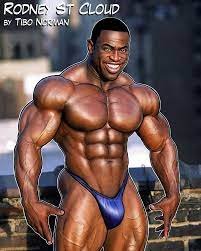Neck Fat Exercise Top Exercises for Defined Necklines
Neck fat, often referred to as a “double chin,” can be a concern for many people. It’s typically a result of a combination of factors like genetics, overall body fat levels, and possibly age-related skin sagging. While it’s impossible to target fat loss in one specific area of the body (a concept known as “spot reduction”), there are exercises that can help tone and strengthen the muscles in the neck area. This can lead to a more defined neck and jawline, which may reduce the appearance of neck fat.
The following exercises focus on strengthening and toning the neck muscles, improving posture, and enhancing the overall appearance of the neck and jawline. They can be an effective part of a comprehensive fitness and wellness routine that also includes cardiovascular exercise, strength training, and a balanced diet to promote overall fat loss. It’s important to approach neck exercises with care to avoid strain or injury. Cat-Cow Exercise
Warm-Up Exercises
-
Neck Tilts:
-
Forward and Backward:
- Sit or stand upright. Gently tilt your head forward, trying to bring your chin to your chest without straining. Hold for a few seconds, then gently tilt your head backward, looking up at the ceiling. Again, hold for a few seconds. Make sure the movements are slow and controlled.
-
Side to Side:
- Return your head to a neutral position. Now, gently tilt your head to one side, bringing your ear towards your shoulder, but don’t lift your shoulder to your ear. Hold for a few seconds and then gently tilt to the other side.
For the neck tilts, do each movement 5-10 times, maintaining a smooth, slow motion. Remember not to push too hard or force any movement.
-
-
Shoulder Rolls:
-
Forward Rolls:
- Stand or sit with your arms relaxed at your sides. Slowly roll your shoulders in a forward circular motion. Imagine drawing big circles with your shoulders. Do this 10 times.
-
Backward Rolls:
- After completing the forward rolls, switch to backward rolls. Again, focus on making large, controlled circles with your shoulders. Repeat 10 times.
-
Neck-Specific Exercises
Strength Training for Neck and Shoulders

-
Dumbbell Shrugs:
- Stand with your feet shoulder-width apart, holding a dumbbell in each hand at your sides. The palms should be facing your body.
- Keep your arms straight, but don’t lock your elbows.
- Lift your shoulders up towards your ears as high as you can – think of a shrugging motion.
- Hold the shrug for a couple of seconds at the top of the movement.
- Slowly lower your shoulders back down to the starting position.
- Perform 12-15 repetitions.
-
Upright Rows:
- Stand with your feet shoulder-width apart, holding a dumbbell in each hand in front of you. Palms should be facing your body, and arms should be straight.
- Keeping the dumbbells close to your body, lift them straight up to your chest. Your elbows should lead the movement, and they should always be higher than your forearms.
- At the top of the movement, your elbows should be at shoulder height and the dumbbells near your chest.
- Pause briefly, then slowly lower the dumbbells back to the starting position.
- Perform 12-15 repetitions.
Safety Tips and Considerations:
- Choose a weight that allows you to complete the exercise with good form but is also challenging.
- Perform the movements in a controlled manner – avoid jerky or rapid movements.
- Keep your core engaged throughout the exercise to support your back.
- Breathe out as you lift the weights and breathe in as you lower them.
- If you’re new to these exercises or have any shoulder or back problems, consider consulting with a fitness professional to ensure you’re using proper form.
Cardiovascular Exercise
-
Choose an Activity You Enjoy:
- The key to sticking with any exercise program is to find activities that you enjoy. Options like walking, jogging, cycling, and swimming are great, but you can also consider dancing, hiking, or playing sports.
- If you’re new to exercise, start with lower-impact activities like walking or swimming. Rear Delt Exercises
-
Aim for at Least 150 Minutes per Week:
- The general guideline for adults is to aim for at least 150 minutes of moderate-intensity aerobic activity each week, or 75 minutes of vigorous-intensity activity.
- Moderate-intensity activities include brisk walking or light cycling where you can talk but not sing during the activity.
- Vigorous-intensity activities include jogging, fast cycling, or any other activity where you’re breathing hard and fast, and can’t say more than a few words without pausing for breath.
-
Break It Down:
- You don’t have to do all your exercise at once. It can be broken down into smaller chunks. For example, you could exercise for 30 minutes a day, five days a week.
- Even short bursts of activity, like 10-minute brisk walks, can be beneficial.
-
Consistency Is Key:
- Try to be consistent with your exercise routine. Regular physical activity is more effective than sporadic, intense workouts.
-
Incorporate Variety:
- Varying your cardio routine can keep things interesting and work different muscle groups. For instance, alternate between walking, swimming, and cycling throughout the week.
-
Listen to Your Body:
- It’s important to listen to your body and adjust your activity level as needed. If you feel pain or discomfort, take a break or choose a less intense form of exercise.
-
Combine with Strength Training:
- For optimal health benefits, combine cardiovascular exercise with strength training exercises. The strength exercises can help improve muscle tone and boost metabolism.
Facial Exercises
-
Jaw Release:
- Start by sitting or standing in a comfortable position. Keep your posture straight.
- Begin by moving your jaw as if you are chewing, but keep your lips closed. This helps relax the jaw muscles.
- Inhale deeply through your nose and then slowly exhale while humming. Ensure your lips remain closed during this process.
- Next, open your mouth wide while keeping the tip of your tongue gently pressed against the back of your lower teeth. This helps stretch the muscles further.
- Hold this open-mouth position for about 5 seconds.
- Repeat the whole process 10-15 times.
-
Fish Face:
- Again, sit or stand in a comfortable position with good posture.
- Suck in your cheeks and lips to create a “fish face”. Imagine you are trying to replicate the face of a fish, with puckered lips and hollow cheeks.
- While holding this pose, attempt to smile. You will feel a stretch and tension in your cheeks and lips.
- Hold this position for about 5 seconds.
- Relax and then repeat the exercise 10 times.
Stretching and Cooling Down
Stretching and cooling down after exercise is a crucial step in your routine, helping to relax your muscles, prevent stiffness, and enhance flexibility. Here’s a guide on how to effectively cool down and stretch after your workout, particularly focusing on the neck, shoulders, and upper back:
-
Repeat Neck Tilts and Shoulder Rolls:
-
Neck Tilts:
-
Gently tilt your head forward and backward, and then side to side. Each tilt should be done slowly and gently, holding each position for a few seconds. This helps in relaxing the neck muscles.
-
-
Shoulder Rolls:
-
Perform slow, circular motions with your shoulders, first rolling them forward for 10 repetitions, then backward for another 10. This helps to release tension in the shoulder area.
-
Gentle Stretching:
-
Neck Stretch:
-
Gently tilt your head to one side, bringing your ear towards your shoulder, and hold for 15-30 seconds. Repeat on the other side. This stretches the side neck muscles.
-
-
Shoulder Stretch:
-
Bring one arm across your body, using the other arm to pull it closer and deepen the stretch. Hold for about 30 seconds and then switch arms. This stretches the shoulder and upper back.
-
-
Upper Back Stretch:
-
Interlace your fingers and extend your arms forward, palms facing outward. Round your back and reach forward, feeling a stretch in your upper back. Hold this for about 30 seconds.
-
Breathing:
- While stretching, focus on your breathing. Take deep, slow breaths to help your body relax and recover from the workout.
-
Take Your Time:
- Don’t rush through your cool-down stretches. Take your time to ensure each muscle group is properly stretched.
-
Listen to Your Body:
- If any stretch causes pain, stop immediately. Stretching should cause a feeling of gentle tension, not pain.
Additional Tips
-
Warm-Up Exercises:
- Starting with neck tilts and shoulder rolls is excellent for preparing your muscles for more intense exercises.
-
Neck-Specific Exercises:
- The neck stretch, chin lifts, and neck rotations are targeted exercises that can help tone the neck muscles.
-
Strength Training for Neck and Shoulders:
- Incorporating exercises like dumbbell shrugs and upright rows will strengthen the muscles in your neck and shoulder region, contributing to better posture and muscle tone.
-
Cardiovascular Exercise:
- Regular cardio is crucial for overall fat loss, which indirectly affects the appearance of neck fat.
-
Facial Exercises:
- While the evidence for the effectiveness of facial exercises in reducing fat is limited, they can improve muscle tone and might contribute to a more toned appearance.
-
Stretching and Cooling Down:
- It’s great that you’ve included a cool-down routine. This helps in muscle recovery and flexibility.
Precautions
-
-
- Advising to consult healthcare professionals in cases of existing health issues and cautioning against overstraining is important for safety.
-







